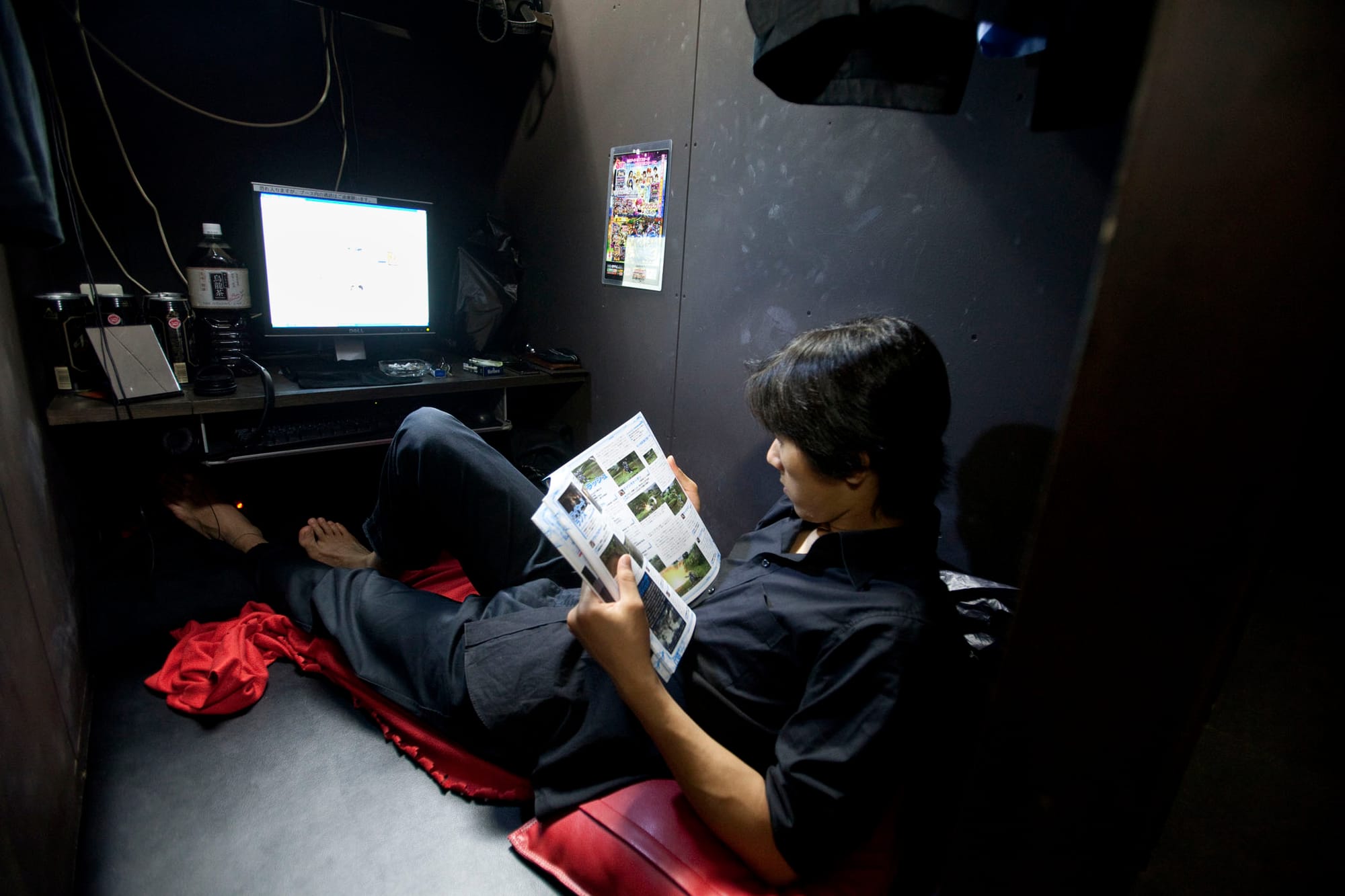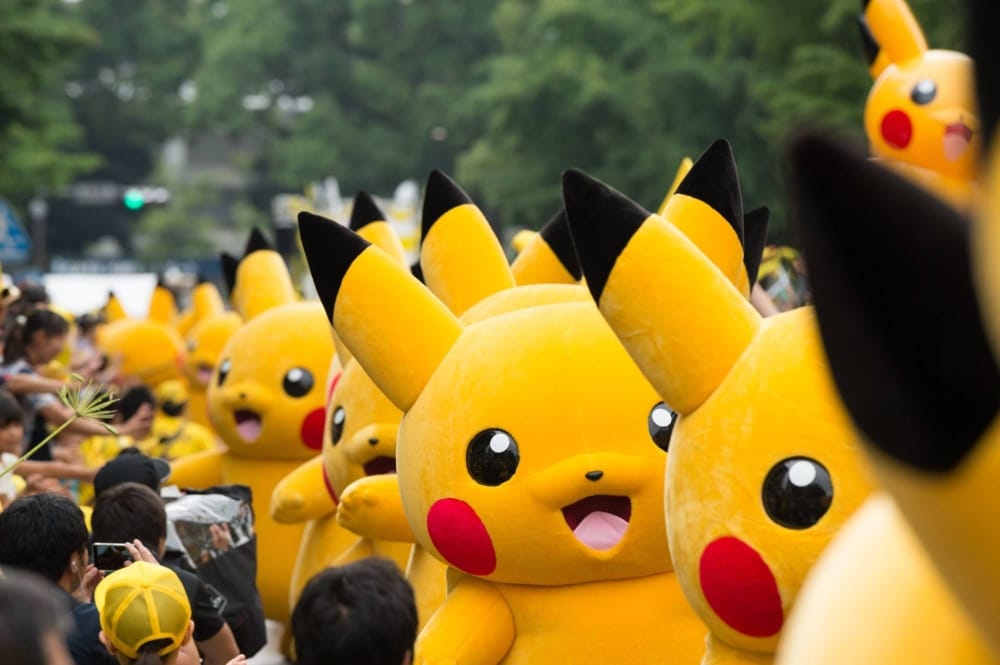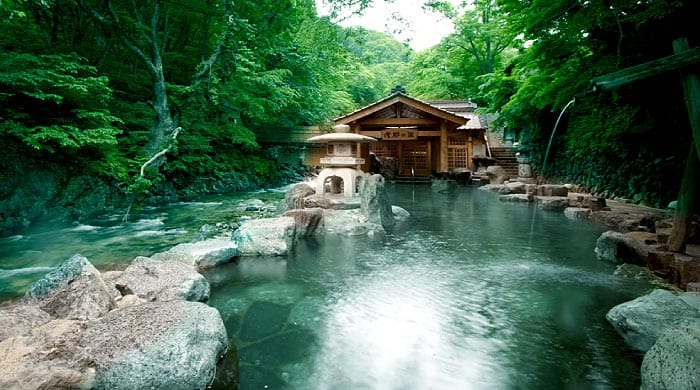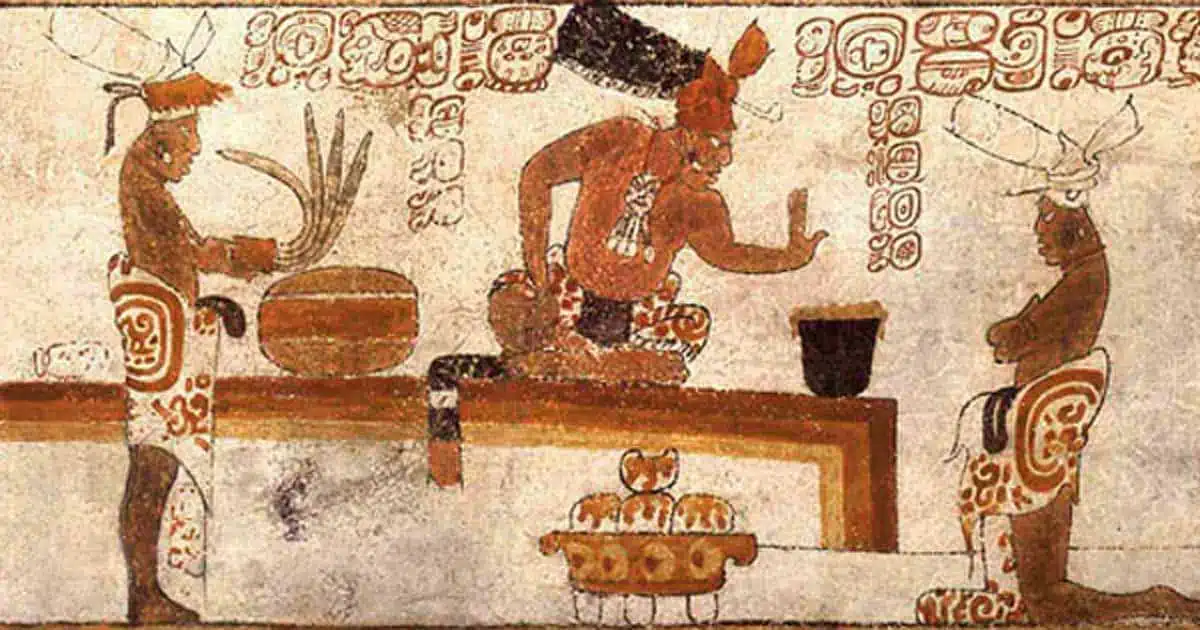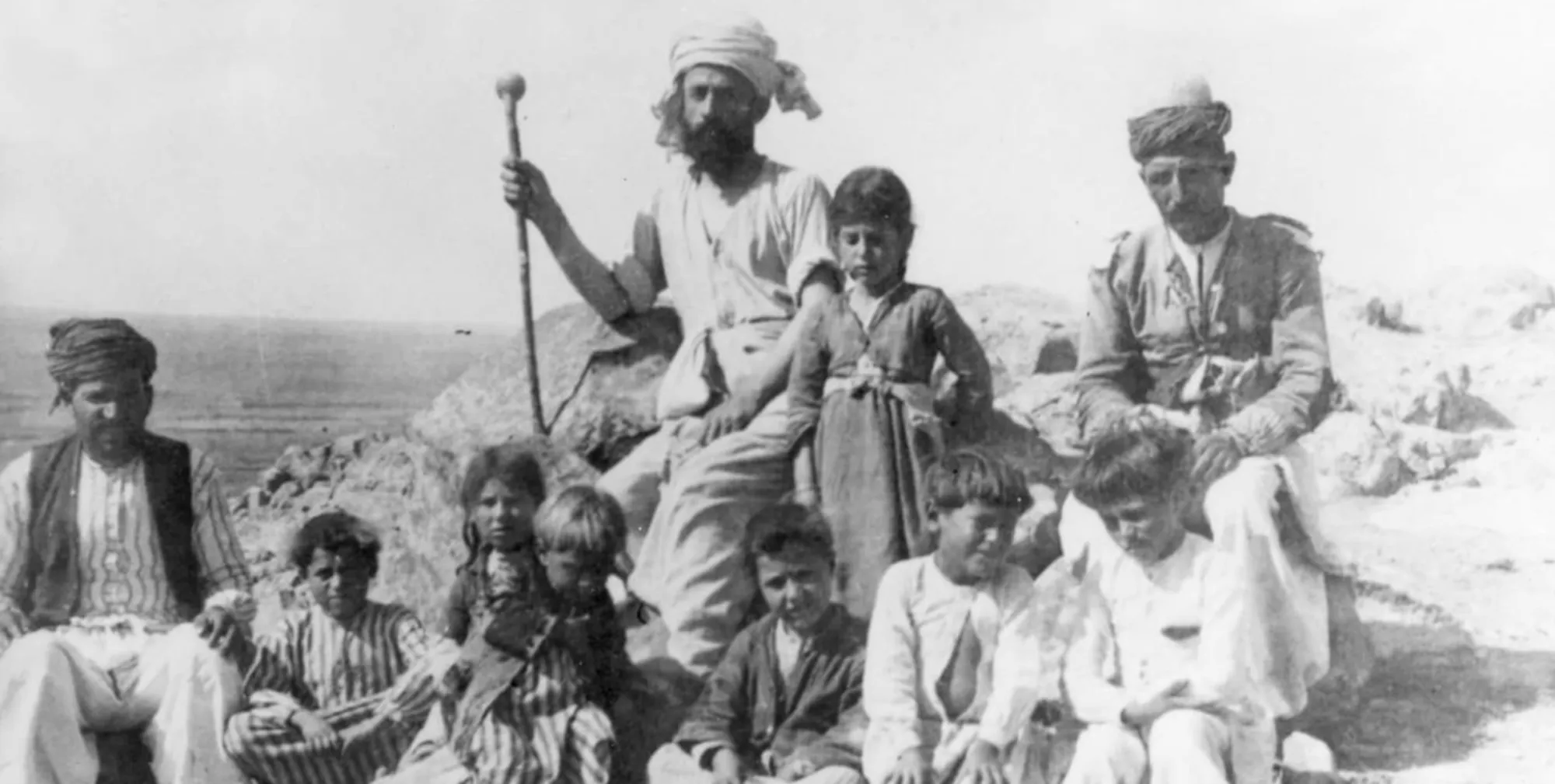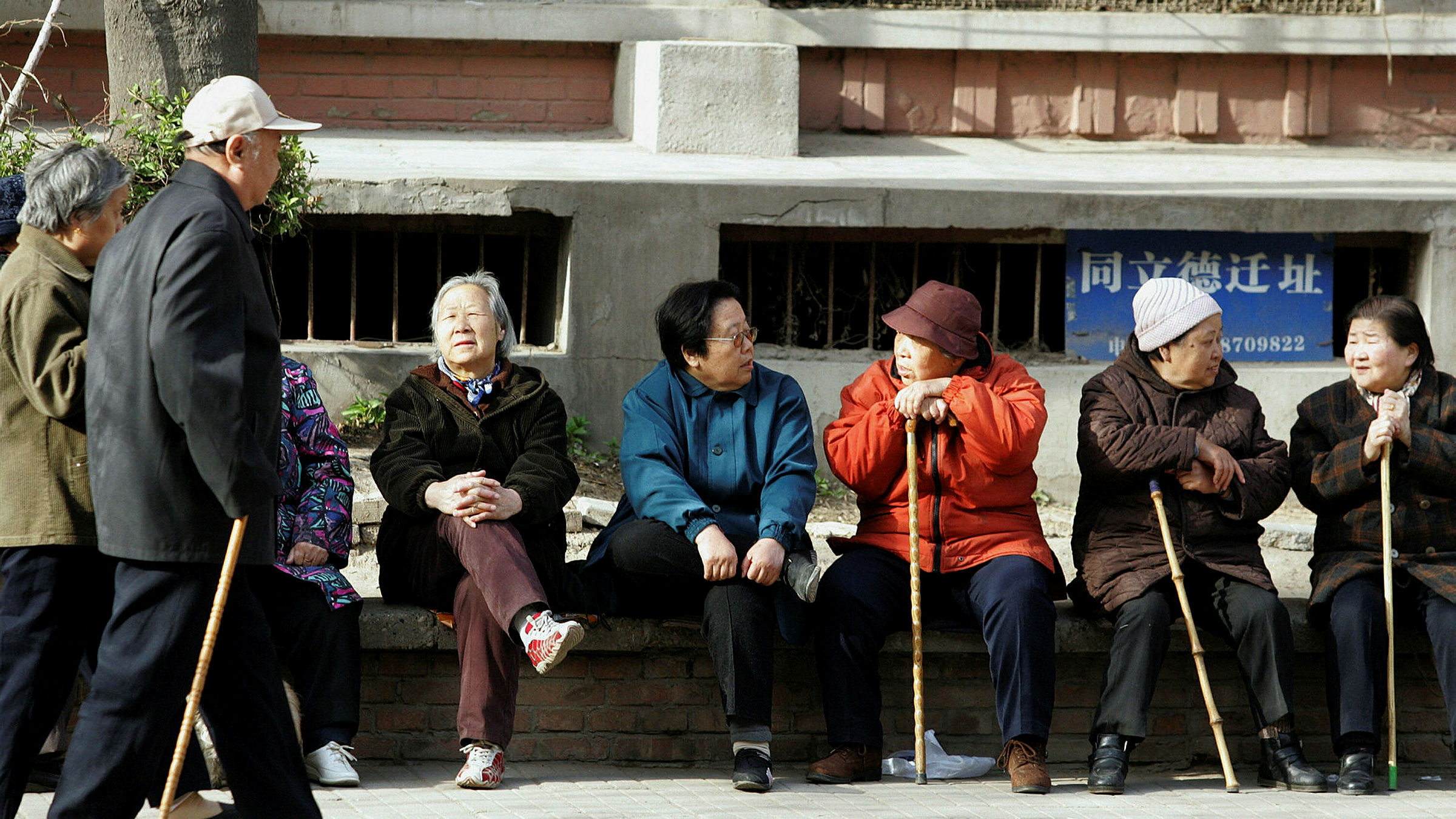In many countries around the world, the official languages are not the only languages spoken in a country. For the majority of countries, there is a wide variety of ethnicities which reside within its borders, and along with them come their own languages. For Japan, the official language is of course Japanese, and is spoken by almost their entire population. However, there are also some less well-known languages spoken by minorities, of which the most prominent are the Ainu languages of Northeast Japan and Hokkaidō and the Ryūkyūan languages of the former Ryūkyū Kingdom, now an archipelago forming parts of Okinawa and Kyūshū.
The Ryūkyūan languages are a family of languages considered by some to be dialects of Japanese which are completely mutually unintelligible. However, they are generally believed by linguists to be a branch of the overarching Japonic language family, alongside Japanese. This means that Japanese and the Ryūkyūan languages both descended from a common ancestor, proto-Japonic, which later diverged into the two separate branches, with each branch splitting into further dialects. Most scholars believe that proto-Japonic was brought to the Japanese archipelago from the Korean peninsula to the Kyūshū region during the Yayoi period, and then spread eastwards to the rest of the Japan and westwards to the Ryūkyūan islands. The version of proto-Japonic that spread to Ryūkyū and was spoken by the people of the Ryūkyūan Kingdom which then developed independently from the version that remained in Japan.
The Ryūkyūan Kingdom was an independent state which resulted from the unification of Okinawa Island in 1429 and the further annexations of neighbouring islands and had limited contact with Japan, which is why two divergent branches formed. The kingdom maintained diplomatic relations with various Chinese dynasties until parts of it were invaded by the Satsuma domain of southern Kyūshū in 1609 and later formally annexed by the Japanese Meiji government in 1879 to form the modern day Okinawa Prefecture.
It was around this time that the government began to suppress the use of Ryūkyūan languages in Okinawa in an attempt to facilitate the smooth assimilation of the Ryūkyūans into Japan. Students at the time who were caught speaking Ryūkyūan were forced to wear a hōgen fuda or dialect card, a form of public humiliation, and further transgressions resulted in corporal punishment. The exact number of speakers of Ryūkyūan dialects today is unknown as there is no census data, but fluent speakers tend to be in the older generations, with very few children being taught them. Thus, 6 Ryūkyūan languages are listed in the UNESCO Atlas of the World’s Languages in Danger, and are expected to be extinct by 2050.
Whilst Ryūkyūan is most commonly written using Japanese kana, due to the fact that many perceive Ryūkyūan to be dialects of Japanese, there is technically no ‘written form’ of the languages as there has never been a standard orthography invented. Recently, the Okinawa Prefectural Government has set up committees to investigate such matters as part of an attempt to preserve the languages but given that the vast majority of the younger generation are monolingual in Japanese, it seems that preventing the language’s extinction will be no easy task.
On the other side of the country is the Tōhoku region and the island of Hokkaidō, where the Ainu language is spoken by a small number of people of Ainu descent. Historically, the Ainu were a race of people indigenous to the land around the Sea of Okhotsk, and most likely descended from the Jōmon people, who were the main group of people living across the Japanese archipelago during the Jōmon period (c. 14000-300 BCE). However, the Ainu language, along with the Ryūkyūan languages, is listed on the UNESCO Atlas of the World’s Languages in Danger and is classified as critically endangered as there are only a couple hundred people who have any form of proficiency in the language. This is due to the fact that the Ainu people were forced to assimilate into Japanese culture through the suppression of their language and culture by the Japanese government following the annexation of Hokkaidō during the Meiji period. Even today, because of Japan’s ethnic homogeneity and a history of discrimination and oppression of Ainu people, those with Ainu descent in Japan often attempt to hide their identity, with a lot of children not even aware of the fact they have Ainu ancestry.
The Ainu language itself has no proven relationships with the Japonic language family and is considered a language isolate. However, due to the contact between Japanese speakers and Ainu speakers, there are traces of Ainu words in Japanese. The word ‘gods’ in Ainu and Japanese is kamuyカムイ and kami 神 respectively, and the word ‘reindeer’ is tunahkayトゥナㇵカィ and tonakaiトナカイ. Ainu also has a rich tradition of oral literature called yukar and the form of the language used in them is considered the classical or non-colloquial form of Ainu. There have been transcriptions of this literature into katakana or the Latin alphabet, and some scholars have even published Ainu dictionaries in the hopes of creating material for teaching and preserving the language. Unfortunately, similar to the circumstances of the Ryūkyūan languages, so few people speak Ainu that it will be rather difficult to successfully revitalize the language and culture.

